Nuclear Publics
Penny Harvey, Professor of Social Anthropology, School of Social Sciences, The University of Manchester
Publics are everywhere in nuclear worlds – but they take many different forms. In the UK, nuclear facilities and nuclear materials are highly regulated – both in their production and in their disposal. Nevertheless nuclear facilities whether planned, operational or in the process of decommissioning, are always controversial.
Powerful associations with the destructive force of nuclear weapons, the potential catastrophic environmental consequences of accidents, the huge capital investments required, and the security measures that limit public access, all provoke anxiety and mistrust. Ownership of the facilities has moved between the public and the private sectors over the years, but all these facilities are fundamentally public energy infrastructures, underpinned by public funding, and supervised by public regulatory bodies. They promise to deliver a public good either by way of the provision of electricity (in the case of the operational power stations), or by way of ensuring public safety with respect to the containment and management of the radioactive waste. It is thus not surprising that politicians find themselves treading a fine line on nuclear matters as they negotiate the many different guises of the relationship between policy and people.
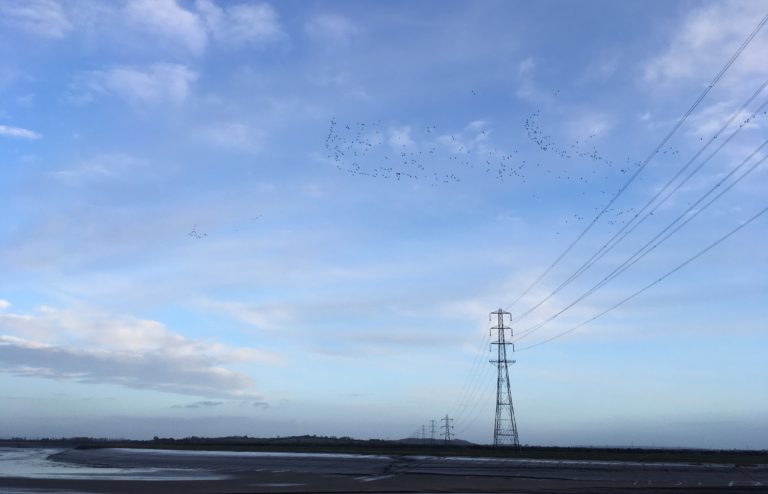
When I first approached EDF (the company that operates the Hinkley Point B power station and that is currently constructing the new Hinkley Point C station) they were interested in what an anthropological study might bring to light. They were particularly concerned to discuss how the power stations become integral to people’s lives. They want to show themselves to be ‘good neighbours’ and guided me to observe their community engagement activities. The cultivation of public acceptance is crucial to an industry that relies on very long-term economic, political and material arrangements. In the local communities of West Somerset there are mixed feelings. Some find benefits, some pay little attention, and others are actively opposed. But whatever people think, these power stations are part of the material fabric of life in the area. Local councils at all levels routinely have to engage the many ways that the industry affects the lives of their constituents.
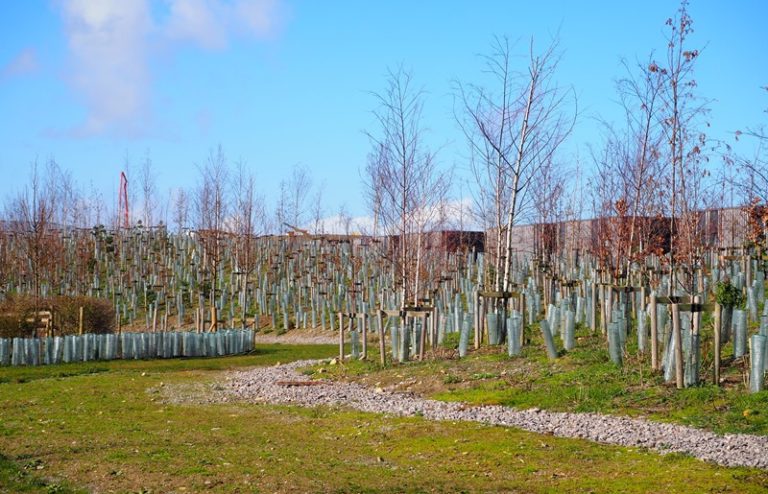
In what follows I discuss some of the ways that social and political theorists have approached this ubiquitous but also somewhat abstract concept of ‘the public’, and then go on to show how these theories might help us to analyse the ways in which publics take form around all things nuclear. I begin with a brief summary of how the classic approaches of Jürgen Habermas and John Dewey have influenced contemporary discussions of political subjectivities. I then turn to the question of the specific ways in which nuclear facilities bring very diverse publics into being, and consider the possibilities for engagement across these differences.
How do publics form?
Two key classical theorists of the public are Jürgen Habermas (born 1929) and John Dewey (1859-1952). Both were interested in exploring the public as fundamental to the workings of modern democratic systems of government.
Habermas was interested in how the public sphere in capitalist societies, had become reduced to the deliberations of a class of private citizens who had recognised their common interests, and come together to ensure that state policies and actions did not unduly limit their business enterprises. These were men of property and social standing who promoted a sense of public interest and involvement through the production of national newspapers, that circulated information that could be discussed across the land in the conversations and reasoned arguments of gentlemen’s clubs and parliamentary debates. The public, in these terms, were privileged individuals, who acted collectively as a counterpoint to the state. They articulated their sense of the public good, through their control of socially valued forms of representation and argumentation. Habermas noted that this form of public engagement had effectively depoliticised the relationship between state, capital and wider society. At the heart of his theory of the public sphere was his argument that a common discourse or agreed form of political debate was needed to make it possible to extend the notion that people, who might otherwise be strangers to each other, could manage the relationship between their private and their collective interests through the exercise of communicative reason. If these principles could be developed and adopted, then the wider public could emerge and enhance democracy.
Although writing many decades before Habermas, John Dewey’s work on publics has more resonance in contemporary social theory. He was also interested in communication and especially in the importance of building informed public opinion via strong communicative engagement between politicians, experts and citizens. However, his approach to democratic participation did not rely exclusively on the promise of a common language. While Habermas wrote about the public, Dewey focused on the intersections and confrontations of competing fields of value, and the emergence of diverse publics. His work draws attention to publics as political collectives that are neither homogeneous, nor pre-formed, but come into being as people respond to the consequences of the actions of others (including governments).
For Habermas public debate requires the deployment of communicative reason and access to spaces of engagement. These could be government buildings, or parks and roadsides, public transport, or indeed any settings that are in some way or another open to those who wish to speak. That ‘some way or another’ is the issue – for public space is never entirely and unambiguously open to all, just as the existence of a common language is an ideal rather than a lived reality. The questions of who sets the rules, who is included and who is excluded, who decides and with what authority are basic issues for theorists of democracy who work to understand the intersections of state power, capital interests and everyday life. Habermas’ ideal of communicative reason tended towards a homogenous solution to the problem of how to form a more inclusive space of public debate, and left little room for thinking about publics in relation to the lived realities of struggle and discrimination.
Dewey’s approach to thinking about publics by contrast, introduces questions that go beyond the focus on language. He was more interested in the effects of material transformations on people’s lives and the ways in which publics emerge in response to such changes. His work speaks to the kinds of changes that contemporary communications infrastructures have made to the formation of publics. Today, the awareness of a sense of a collective political subjectivity is no longer tied to the parameters of circulation of a regional or even a national newspaper or radio broadcast. The kinds of sociality that are produced by contemporary news media create multiple and often deeply divided publics. There is ever more information in circulation but it does little to support the kinds of informed public engagement that Dewey and Habermas had in mind.
The key point to draw from these discussions is that publics are not only multiple, they are also intrinsically unstable, dynamic formations. They emerge, or become visible as collective entities, in relation to complex understandings of and experiences in the past, and in relation to diverse expectations and aspirations for the future.
The work of geographer Karen Bickerstaff is useful here, and brings us back to West Cumbria and an earlier attempt by government and industry to find a site for a geological disposal facility. Bickerstaff is also interested in how issue-focused publics come into being. Her research suggested that it was not only the threat of material transformations that mobilised mistrust and even dissent but also the lived experience of previous failures. In the 1990s, Nirex, a body set up by the UK nuclear industry, began to explore the possibilities for a nuclear waste facility in West Cumbria. Their activities provoked extensive protest, a public enquiry, and ultimately a rejection of their proposal by the Secretary of State for the Environment. Bickerstaff argues that memories of this failed attempt are an important legacy that should be taken into account in current discussions. It was the absence of institutional capacity to engage in meaningful ways with local people as much as the presence of a disturbing material transformation that brought the strong public opposition into being. She also points out that all the material paraphernalia that the experts produced for the original enquiry – the reports, the evidence, the assessments of geological adequacy, and the descriptions of the waste materials that the facility would house – also became associated with the institutional incapacity to engage, casting a shadow over the possibilities for future investigations. Today there is once again a tentative willingness to begin a conversation about a GDF in West Cumbria. It is a conversation grounded in uncertainty. Bickerstaff’s work suggests that both memory and anticipation can be constitutive of a powerful sense of public mistrust and opposition.
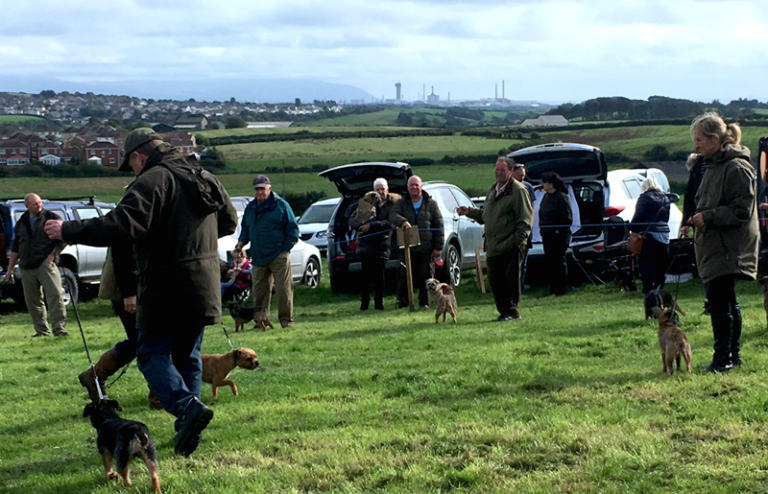
The question of why it matters to understand how publics take form, is related to the issue of how governments and industry are held to account in democratic societies. Are there mechanisms of accountability that connect in meaningful ways to the lives of people who are affected by the policies and the practices of organisations and institutions over which they might otherwise have very little control?
Our current democratic systems are weak and vulnerable in this respect. The nuclear industry is not necessarily better or worse than other institutionalised arrangements between state and capital but it offers a relevant example. It is also the case that the nuclear industry is highly invested in public engagement. So who are the nuclear publics?
I start with public opinion. Regular opinion polls and attitude surveys are conducted in an attempt to understand current levels of public acceptance for particular initiatives. These methods approach the public as an object of calculation. Collective opinion is a statistical aggregation of individual opinions. The methods are widely used to underpin decision- making in government and corporate practice, although an opinion poll is not likely to get to the basis of what people care about. At best it is a snap shot to get a policy or a vote over the line. It assumes a public, it does not produce one.
The second understanding of the public is framed in terms of a distinction from experts. The uninformed public is problematic because people can easily be misled by misinformation, and the threat that mistaken but passionate interest-based objections can disrupt the best-laid plans. The impulse is to educate the public by offering all kinds of learning opportunities. These forms of engagement are often designed to counter known fears and concerns. EDF for example offer wildlife walks around the Hinkley Point site, to demonstrate their care for the environment.
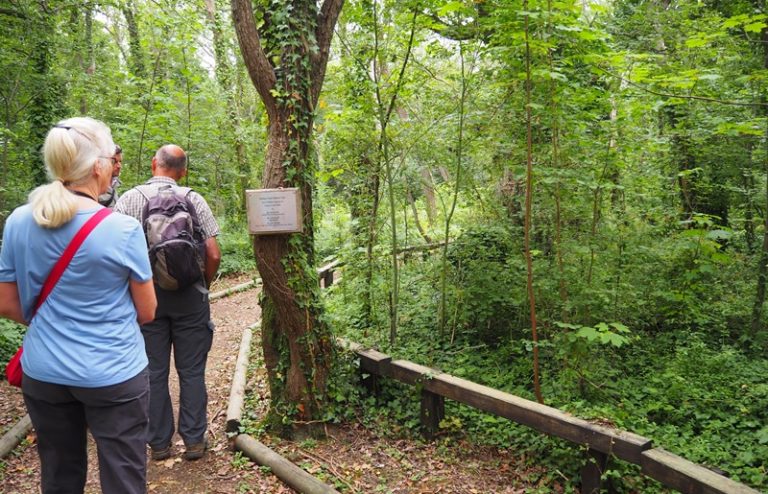
Sellafield have put together a dramatic virtual presentation of their decommissioning programme, with a strong emphasis on technological innovation and expertise, safety, and environmental remediation. At Hinkley Point C school children are encouraged to engage the construction site with competitions to name the cranes and the tunneling machines. They are encouraged to be excited by the scope and ambition of the construction process.
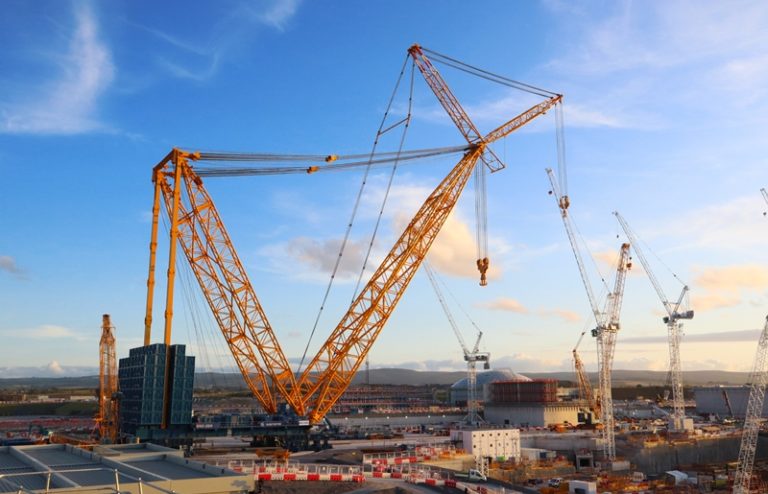
An important extension of this educative arm is the setting up of apprenticeships and college courses in a bid to create an actively engaged and informed public. Training and publicity, education and persuasion are entangled here.
Then there is the question of ‘stakeholders’. Stakeholders are specific kinds of public. They are assumed to already have an interest in the business. Stakeholder engagement meetings that I have attended tend to be occasions where the company or department in question will give an account of their current activities to a specific audience, recognised as affected and thus with a legitimate right to a regular update. Information is given, and questions received. There is a conversation but the flow of information is largely one way. While complaints or problems are often raised with the expectation that they will be responded to, the company and the public are not on an equal footing. I would not, for example, expect to find an open-ended discussion of what it takes to be ‘a good neighbour’.
Finally, there is also the possibility that publics could be brought into being as active partners. In the final section of this short lecture I present one version of this option for public engagement, the hybrid forum.
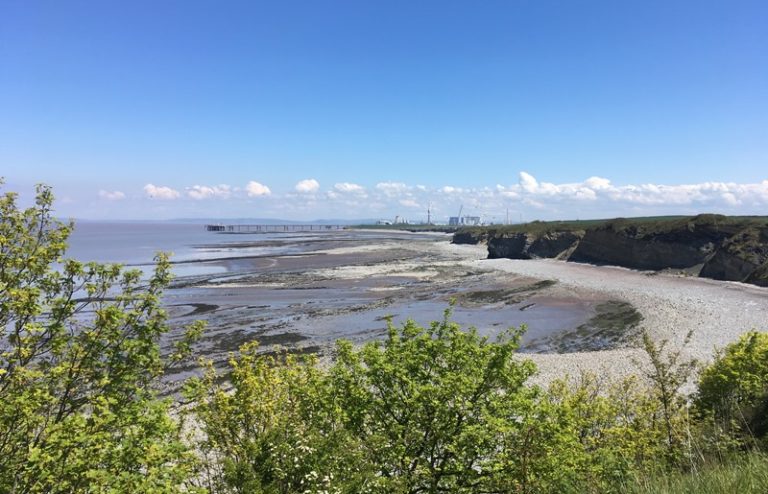
Deliberative Democracy in the face of Uncertainty
In nuclear debates as with other public controversies there is always the need to recognise that not all voices are equal. Decision makers value some opinions over others. ‘Experts’ are routinely assumed to know better. Public consultation too easily becomes an exercise in public education. Expertise matters and should be fundamental to informed public decision making. However expertise can also become a barrier to communication when people feel that their experiences are dismissed or ignored and their understandings unrecognised. Managing the tension between an inclination to ‘educate’ and the need to ‘listen’ is fundamental to the formation of partnerships between publics and industry.
There are many different experiments and models for promoting genuine two-way conversations across social and cultural divides. Habermas’ ideal for the formation of informed, political debate focused on the ideal parameters for fair and equal communication. These included the requirement that arguments should be presented in accessible ways, and that all should have an equal ability to raise issues and to criticize the positions of the interlocutors. Where there are deeply unequal resources to produce counter-information, or conduct independent studies these conditions are very hard to meet.
The hybrid forum, proposed by Michel Callon and colleagues (2011) offers a rather different model, and one that is focused on producing spaces of collaborative research rather than the generation of science and counter science. The hybrid forum is a mode of deliberative democracy designed to enable collaboration around what appear to be intractable social problems – such as the question of what to do with highly radioactive nuclear waste. The basis of the hybrid forum is the refusal of hierarchies of expertise. All participants bring what they know to the table. But all must also acknowledge that expertise has its limits and that to solve intractable problems a space has to appear such that participants can learn from each other. Awareness of the limits of one’s own understanding is fundamental to the collaboration. Even the very articulation of the problem itself might need to be reframed. The aim of the hybrid forum is for a collective expertise to emerge over time and become established through on-going co-operation.
Sarah Whatmore (2009) has described how the method was deployed with impressive results in response to the construction of flood defences in the English town of Pickering. Members were recruited to the group on the basis of their particular experiences of flooding and their willingness to engage with the experiences of others. The problem they confronted was the lack of government funds to build flood defences in the town, and the urgent need to create an alternative mode of protection. Those who joined the group were already actively engaged in some way or another with these pressing environmental challenges. As each member presented themselves to the group, they were encouraged to focus on their uncertainties rather than on the competing forms of expertise. The idea was to foster the need for dialogue and collective learning. At the same time it was recognised that all those involved did bring expertise to the group, and that expertise had to be distributed to enable people to work together. Thus, for example, one participant taught others about the possibilities and practicalities of building models and simulations such that the group could begin to work on the models together.
It remains to be seen if the hybrid forum, or something similar, can deliver results in nuclear worlds. RWM’s ‘Working with Communities’ policy is in the very early stages and there is at present no political will to impose a GDF where it is not wanted. The formation of Community Partnerships is the next phase in what is expected to be a lengthy process. A genuinely participatory public would be an achievement.
Let us know your thoughts about this mini-lecture. Click here to return to the main page where you can leave a comment.
References
Bickerstaff, Karen. 2012. “Because we’ve got history here”: nuclear waste, cooperative siting, and the relational geography of a complex issue. In Environment and Planning A. Vol.44 2611-2618.
Callon, Michel. 2011. Acting in an Uncertain World. MIT Press.
Dewey, John. 1927. The Public and Its Problems. Holt Publishers.
Habermas, Jürgen. (1989) [1962] Structural Transformation of the Public Sphere. Polity Press.
Whatmore, Sarah. 2009. Mapping knowledge controversies: environmental science, democracy and the redistribution of expertise. Progress in Human Geography, 33(5): 587-598.
Whatmore, Sarah and Catharina Landström. 2011. Flood apprentices: an exercise in making things public. Economy and Society, 40:4, 582-610.

